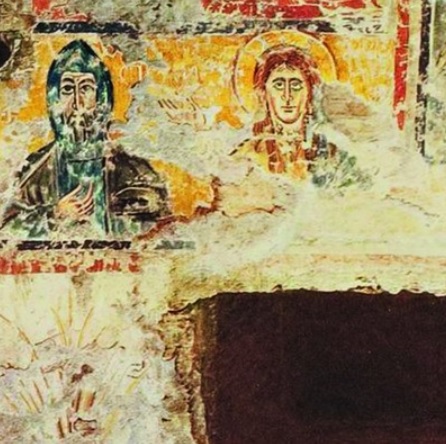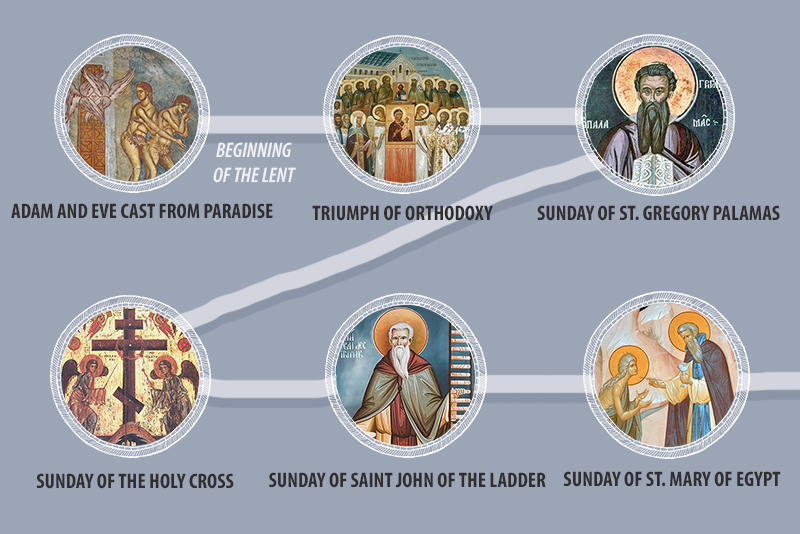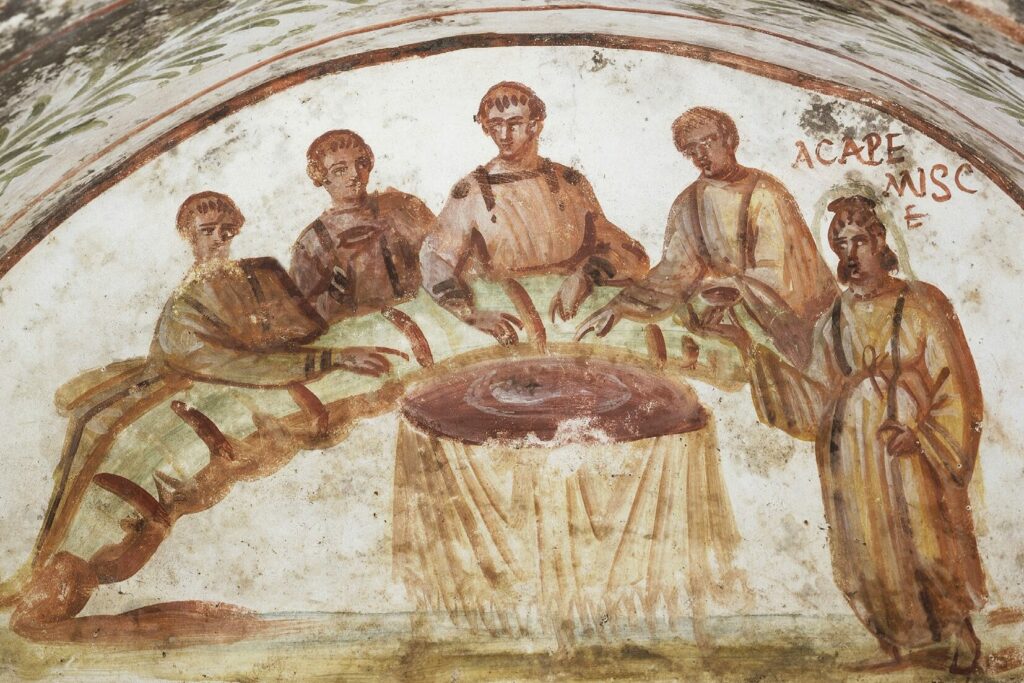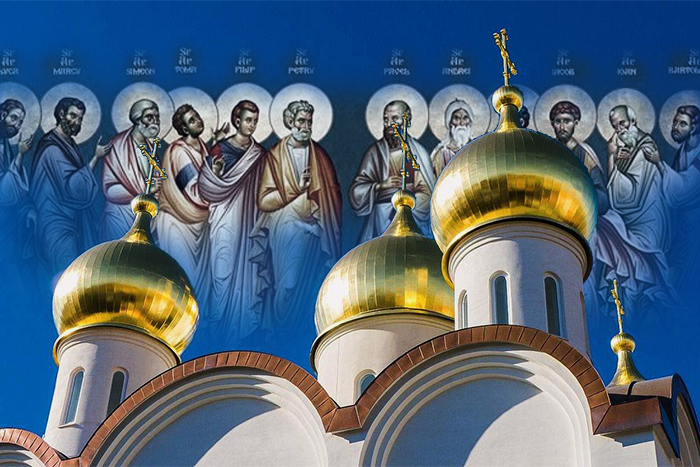
The Sundays of Great Lent are dedicated to events and personalities from different times. The events of Palm Sunday date back to the life of Christ, while St Gregory Palamas was born at the end of the 13th century. Some commemorated events have changed; some remained constant since antiquity; the origin of others remains obscure. This article describes how the Sundays of Great Lent were established and what they commemorate.
Triumph of Orthodoxy
The Sunday of the Triumph of Orthodoxy was established in connection with the events of the Constantinople Council condemning iconoclasm in 843. After the Council ended, Empress Theodora established a celebration in honor of the Orthodox people’s victory. It fell on the first week of Great Lent. It was therefore decided to commemorate these events on the first Sunday of Lent. The liturgical order of the Triumph of Orthodoxy (the Synodicus) took shape by the 11th century.
According to the texts of the Lenten Triodion, before the Triumph of Orthodoxy, this Sunday was dedicated to the memory of the prophets. Some of the liturgical hymns dedicated to the prophets were eventually replaced by texts in honor of the Triumph of Orthodoxy.
Sunday of St Gregory Palamas
St Gregory Palamas lived in the 14th century. He was canonized in 1368, 9 years after his death, and his memory on the second Sunday of Great Lent was established in 1376. This continued the topic of Orthodoxy’s victories over heresies, since St Gregory won in many years of controversy against Barlaam the Calabrian, Gregory Akindynos and Nicephorus Gregoras.
Before the memory of St Gregory was established, this Sunday had been associated with the parable of the prodigal son. This is evidenced by the canon dedicated to this parable, read at Matins on this day, according to the Lenten Triodion. In the ancient liturgical manuscripts of Jerusalem, on this Sunday there is also a reading of the actual parable.
Veneration of the Holy Cross
Read our recent article.
Sunday of St John Climacus
It is impossible to say exactly when the Church canonized St John. We know however that in the tenth century he was already revered as a saint. According to the 10th century Synaxarion of the Church of Constantinople, the memory of St John was celebrated on March 30. The earliest known liturgical texts celebrating the memory of St John on the fourth week of Great Lent date back to the 14th century. Likely, the decision to celebrate St John’s memory on the fourth Sunday of Great Lent has been influenced by occasional coincidences of the two dates.
Sunday of St Mary of Egypt
The Venerable Zosimas, who was made worthy of communion with St Mary, was the spiritual father of St John Climacus. Zosimas told John about St Mary, making him her great admirer. When, over time, John also began to be treated as an elder, the news of St Mary spread through his spiritual children.
St Mary of Egypt soon began to be widely revered. This is evidenced by the fact that the Patriarch Sophronius of Jerusalem personally compiled her hagiography. St Mary departed to the Lord around 522, whereas Patriarch Sophronius lived in 560-638. Given the development level of the means of communication in the early Middle Ages, this is an extremely short time for the veneration of a saint to spread.
It is quite possible that one of the Sundays of Great Lent was dedicated to St Mary as early as the 7th century. It may have been done in the wake of the general church veneration of this great ascetic, whose deeds of repentance are fully in line with the Lenten mood.
However, it is most likely that the Sunday in honor of St Mary of Egypt was established later. The memory day of St Mary of Egypt was first mentioned in church calendars as late as in the 9th century. The Martyrology by Ado of Vienne (9th century) refers to St Mary’s deeds as “praiseworthy”. The oldest depiction of St Mary, dated c. 850, was preserved in the church of Santa Maria Antiqua in Rome. The earliest text of the service commemorating St Mary on the fifth week of Great Lent dates back to the 11th century.

Palm Sunday
Palm Sunday was the first among the Sundays of Great Lent to be established. It is also the only one directly related to the gospel events. The first mentions of the feast date back to the fourth century. They were made by St Ambrose of Milan and St Epiphanius of Cyprus. In liturgical books, Palm Sunday has been mentioned since the 7th century.
Apparently, it was established so early because the event of the Lord’s Entry into Jerusalem is known to have taken place exactly one week before His Resurrection.




